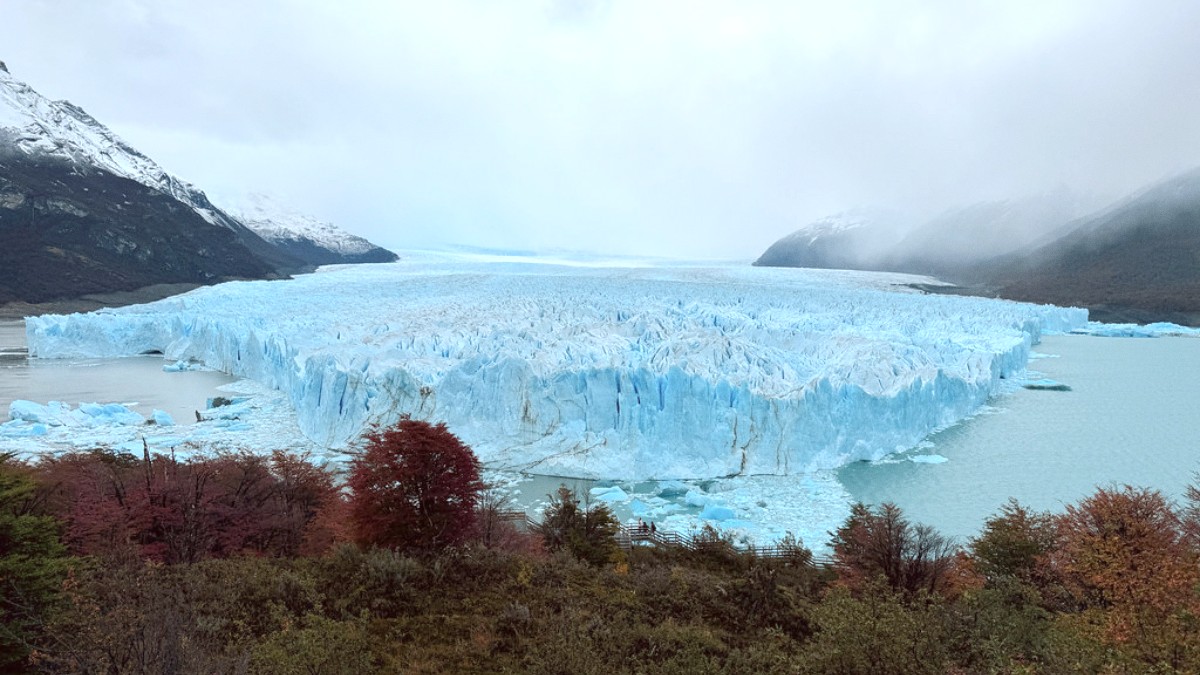
Southern Patagonia, Chile
This small, lively port city is more than a stopover; it is a destination. Puerto Natales invites you to relax, absorb its atmosphere, and ready yourself for what lies ahead. Its waterfront bustles, its streets offer inviting places to eat, and its views remind you of nearby natural wonders. Many come aiming for Torres del Paine, but discover Puerto Natales' charm, a place where Patagonia's essence begins.
The wild's call resonates here. From easy walks along the shore to challenging longer treks, the region offers something for many interests and fitness levels.
The city functions as a comfortable base, with necessary amenities and services before or after your explorations. Get ready for immense beauty and lasting recollections.
Puerto Natales is an unique geographical spot in Chilean Patagonia. It sits at the mouth of Ultima Esperanza Sound, a deep fjord system connected to the Pacific Ocean and the Strait of Magellan. This location created a natural port and draws marine activities. The city lies about 250 kilometers northwest of Punta Arenas, the regional capital, and a direct bus trip away.
The land around Puerto Natales displays a mosaic of varied ecosystems. To the east, the Patagonian steppe stretches out, with vast, windy grasslands home to wildlife like guanacos and ñandus. This open land contrasts sharply with the dramatic mountains to the west and north. Here, the southern Andes mountain range dominates the horizon, with jagged peaks, deep valleys, and many glaciers.
Meaning "Last Hope," named by explorer Juan Ladrillero in 1557. It has deep waters for large ships.
North of Puerto Natales, a geological marvel with massive granite towers, turquoise lakes, and hanging glaciers.
Further west, accessible by boat, showing fjords, ancient forests, and tidewater glaciers like Balmaceda and Serrano.
From the city, access park entrances, fjord boat tours, or steppe exploration.
Mountains, fjords, glaciers, and steppe join to form an unique and stunning exploration setting.
The city sits between these geographical extremes. Ultima Esperanza Sound, meaning "Last Hope" in Spanish, got its name from explorer Juan Ladrillero in 1557, who looked for a western route to the Atlantic. The sound features small islands and wonderful views, especially at sunrise and sunset. Its deep waters allow large ships to dock.
The nearness of these natural wonders positions Puerto Natales as a starting point for varied journeys. From the city, one can easily reach park entries, embark on boat excursions into the fjords, or discover the steppe.
The interplay of mountains, fjords, glaciers, and steppe forms a landscape of singular beauty and offers a diverse setting for exploration.
The city itself sits between these geographical extremes. Ultima Esperanza Sound, meaning "Last Hope" in Spanish, got its name from explorer Juan Ladrillero in 1557, who looked for a western route to the Atlantic.
Puerto Natales’ beginnings connect to the late 19th and early 20th centuries, a time of quick growth and settlement in Patagonia. Its official founding date is May 31, 1911, but its economic roots formed earlier.
The area's vast grasslands suited sheep farming, and European newcomers, especially from Britain and Germany, came seeking opportunities in this new land.
Large ranches shaped the landscape. Puerto Natales became a logistical hub for the wool and meat industry.
The port on Ultima Esperanza Sound connected Patagonia's products to global markets.
This historic plant showcases the region's industrial past in meat processing.
As global markets shifted and sheep farming declined, Puerto Natales faced economic challenges. In recent decades, tourism redefined the city, drawing travelers to Torres del Paine National Park.
A small city feel, welcoming and accessible.
The Costanera offers panoramic fjord and mountain views.
Diverse restaurants, from traditional lamb to fresh King Crab.
112 kilometers north, the crown jewel. Trek its "W" and "O" circuits or enjoy day trips to iconic spots. Puerto Natales supports logistics: gear rental, tour operators, bus services.
24 kilometers north. Home to prehistoric ground sloth remains. A half-day trip, combining natural history with unique geology.
Accessible by boat, offering views of tidewater glaciers like Balmaceda and Serrano. Boat tours show fjords and ice formations.